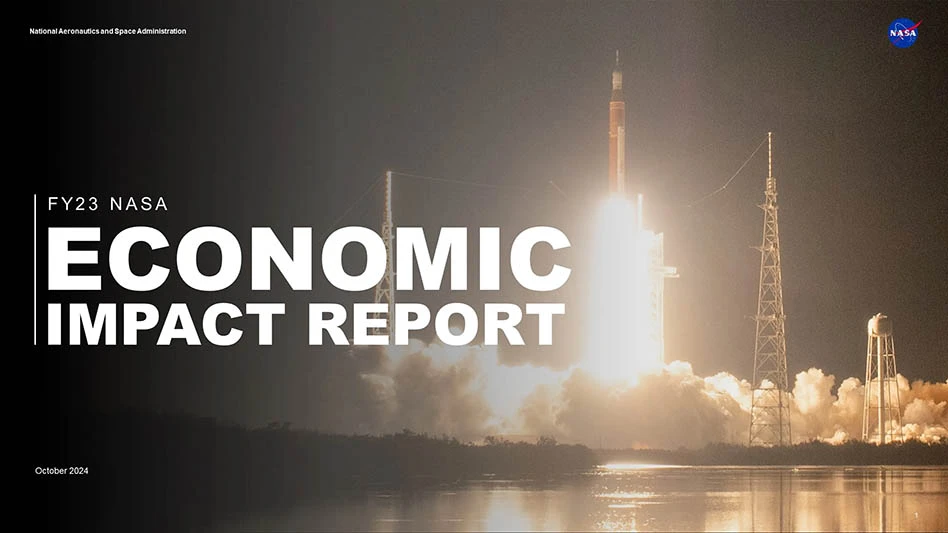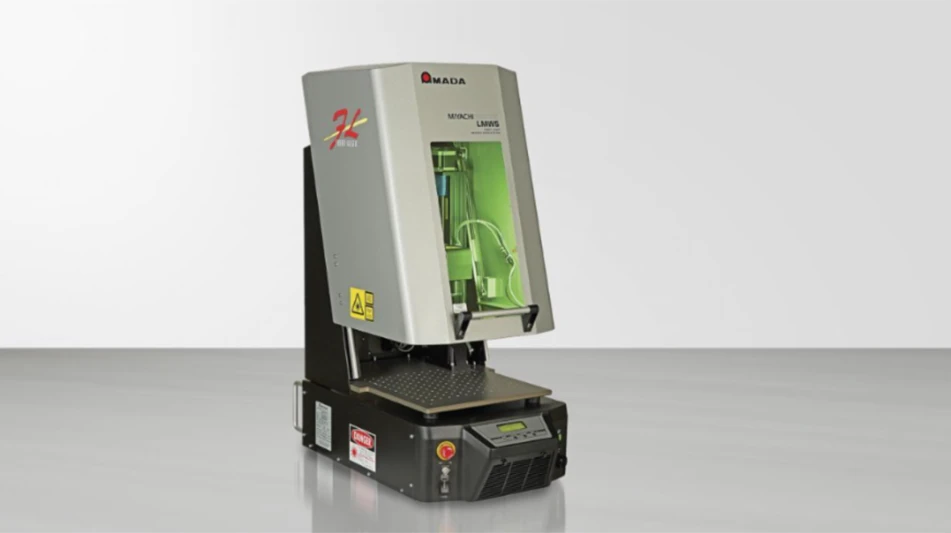
NASA
NASA’s work, including its Moon to Mars exploration approach, is advancing science and technology for the Artemis Generation, while also driving significant economic growth across the United States, the agency announced.
In its third agencywide economic impact report, NASA highlighted how its Moon to Mars activities, climate change research and technology development, and other projects generated more than $75.6 billion in economic output across all 50 states and Washington, D.C., in fiscal year 2023.
“To invest in NASA is to invest in American workers, American innovation, the American economy, and American economic competitiveness,” says NASA Administrator Bill Nelson. “Our work doesn’t just expand our understanding of the universe — it fuels economic growth, inspires future generations, and improves our quality of life. As we embark on the next great chapter of exploration, we are proud to help power economic strength, job creation, scientific progress, and American leadership on Earth, in the skies, and in the stars.”
Combined, NASA’s missions supported 304,803 jobs nationwide, and generated an estimated $9.5 billion in federal, state, and local taxes throughout the United States.
The study found NASA’s Moon to Mars activities generated more than $23.8 billion in total economic output and supported an estimated 96,479 jobs nationwide. For investments in climate research and technology, the agency’s activities generated more than $7.9 billion in total economic output and supported an estimated 32,900 jobs in the U.S.
Additional key findings of the study include:
- Every state in the country benefits economically through NASA activities. Forty-five states have an economic impact of more than $10 million. Of those 45 states, eight have an economic impact of $1 billion or more.
- The agency’s Moon to Mars initiative, which includes the Artemis missions, generated nearly $2.9 billion in tax revenue. These activities provided about 32% of NASA’s economic impact.
- The agency’s investments in climate change research and technology generated more than $1 billion in tax revenue.
- Approximately 11% of NASA’s economic impacts are attributable to its investments in climate change research and technology.
- NASA had more than 644 active international agreements for various scientific research and technology development activities in the 2023 fiscal year. The International Space Station, representing 15 countries and five space agencies, has a predominant role in the agency’s international partnerships.
- In fiscal year 2023, NASA oversaw 2,628 active domestic and international non-procurement partnership agreements, which included 629 new domestic and 109 new international agreements, active partnerships with 587 different non-federal partners across the U.S., and partnerships in 47 of 50 states.
- NASA Spinoffs, which are public products and processes that are developed with NASA technology, funding, or expertise, provide a benefit to American lives beyond dollars and jobs. As of result of NASA missions, fiscal year 2023 tech transfer activities produced 1,564 new technology reports, 40 new patent applications, 69 patents issued, and established 5,277 software usage agreements.
- Scientific research and development, which fuels advancements in science and technology that can help improve daily life on Earth and for humanity, is the largest single-sector benefitting from NASA’s work, accounting for 19% of NASA’s total economic impact.
The study was conducted by the Nathalie P. Voorhees Center for Neighborhood and Community Improvement at the University of Illinois at Chicago.
Latest from Aerospace Manufacturing and Design
- Join us for insights on one of the hottest topics in manufacturing!
- You can still register for March’s Manufacturing Lunch + Learn!
- Ohio creates Youngstown Innovation Hub for Aerospace and Defense
- Tormach’s Chip Conveyor Kit for the 1500MX CNC Mill
- How to Reduce First Article Inspection Creation Time by 70% to 90% with DISCUS Software
- Jackson Square Aviation orders 50 Airbus A320neo aircraft
- Beckhoff's motion control automation solutions
- #40 - Lunch & Learn with Fagor Automation







